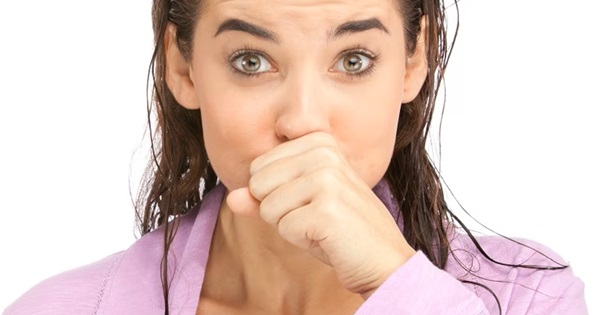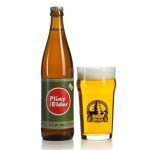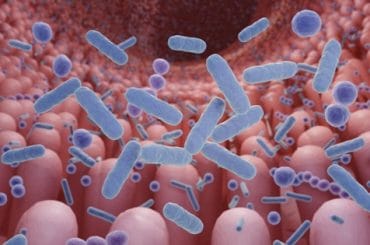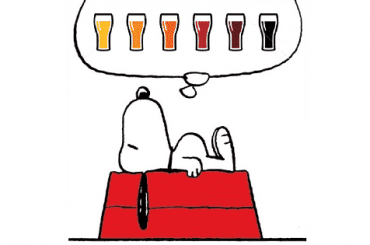This post is also available in:
Español
Português
The term “hop burps” is commonly used to describe a peculiar phenomenon of rapid and frequent burps experienced after consuming beers with a high hop content.

Although this effect is commonly attributed simply to the gas in the beer, the reality is that hoppy varieties have specific chemical characteristics that significantly accelerate this process, accompanying it with a characteristic bitter and aromatic aftertaste.
This article explores the science behind this everyday phenomenon, revealing how the natural components of hops interact directly with our digestive system to create this unique experience that lovers of IPAs and other intensely hopped beers know so well.
Contenido
The Key Components of Hops
Hops, that climbing plant whose flowers are used in beer brewing, contain two main types of compounds that explain the rapid production of burps.
On one hand, we find the bitter compounds that develop during the boiling of the beer, responsible for the characteristic bitter taste of hoppy beers.
On the other hand, there are the essential oils that provide citrus, floral, or resinous aromas depending on the hop variety used. These oils are particularly volatile, meaning they evaporate easily, even at room temperature.
During the brewing process, especially in techniques like dry hopping, where hops are added cold, these oils are preserved in greater quantity, increasing their presence in the final beer and their impact on our digestive system.
How the Digestive Process is Accelerated
When we ingest a hoppy beer, the bitter compounds come into contact with the taste receptors in our mouth and throat.
This bitter stimulus not only allows us to enjoy the beer’s flavor but also sends signals to our brain to prepare the digestive system.
The brain responds by increasing the production of gastric juices in the stomach, which accelerates the digestive process.
This increase in gastric activity causes the stomach to process both the liquid and the carbon dioxide gas present in the beer more quickly.
As a result, carbon dioxide is released sooner than in less hoppy beers, causing those rapid burps that characterize “hop burps.”
Furthermore, some of the compounds in hops have a mild effect on the muscles of the esophagus, facilitating the release of accumulated gas.
The Persistence of the Aftertaste
The marked aftertaste that accompanies these rapid burps is due to the specific chemical nature of the hop’s essential oils.
These aromatic compounds are particularly “sticky” on a molecular level, which allows them to adhere to the mucous membranes in our mouth and throat.
During the digestive process, these compounds are released along with the gas, rising up the esophagus and depositing themselves again in the mouth, creating that sensation of persistent flavor that can last several minutes.
Unlike less hoppy beers, where the aftertaste usually disappears quickly, in IPAs and other intensely hopped varieties, this bitter and aromatic taste remains, even intensifying with each burp, due to the gradual release of these volatile compounds that have been deposited on the stomach walls.
Factors That Enhance the Effect
Several additional factors enhance the effect. The higher alcohol content of many hoppy beers acts as a vehicle that facilitates the absorption and release of hop compounds.
The serving temperature also plays a crucial role: colder beers initially retain gas better, but upon reaching body temperature in the stomach, they release carbon dioxide more quickly, especially in the presence of hop compounds that accelerate bubble formation.
Furthermore, how we drink also influences it. Swallowing air while drinking, common when we enjoy a cold beer with friends, adds more gas to what is already present in the drink.
These factors, combined with the specific action of the hop components, create the perfect scenario for those rapid and frequent burps accompanied by an intense and persistent aftertaste that characterizes hoppy beers.
We recommend
- House of Guinness: The new series from the creator of Peaky Blinders.
- The Importance of Cleanliness in Beer Draught Lines







